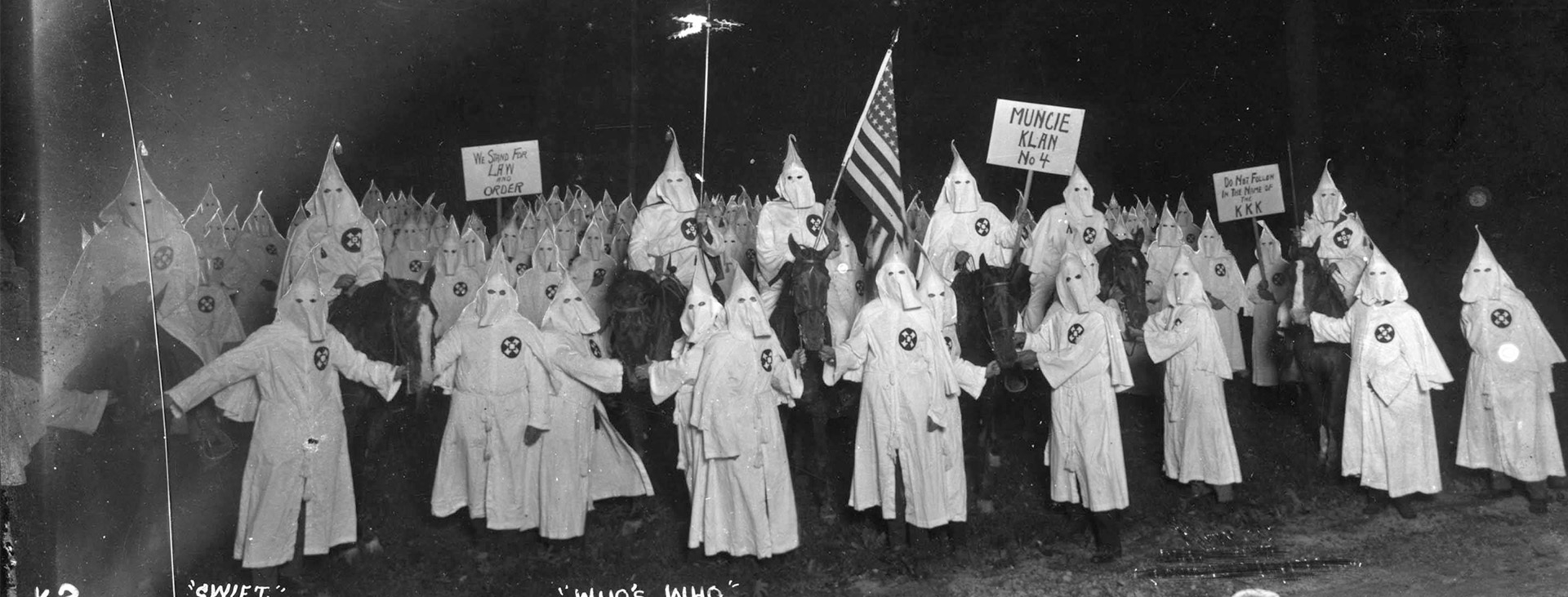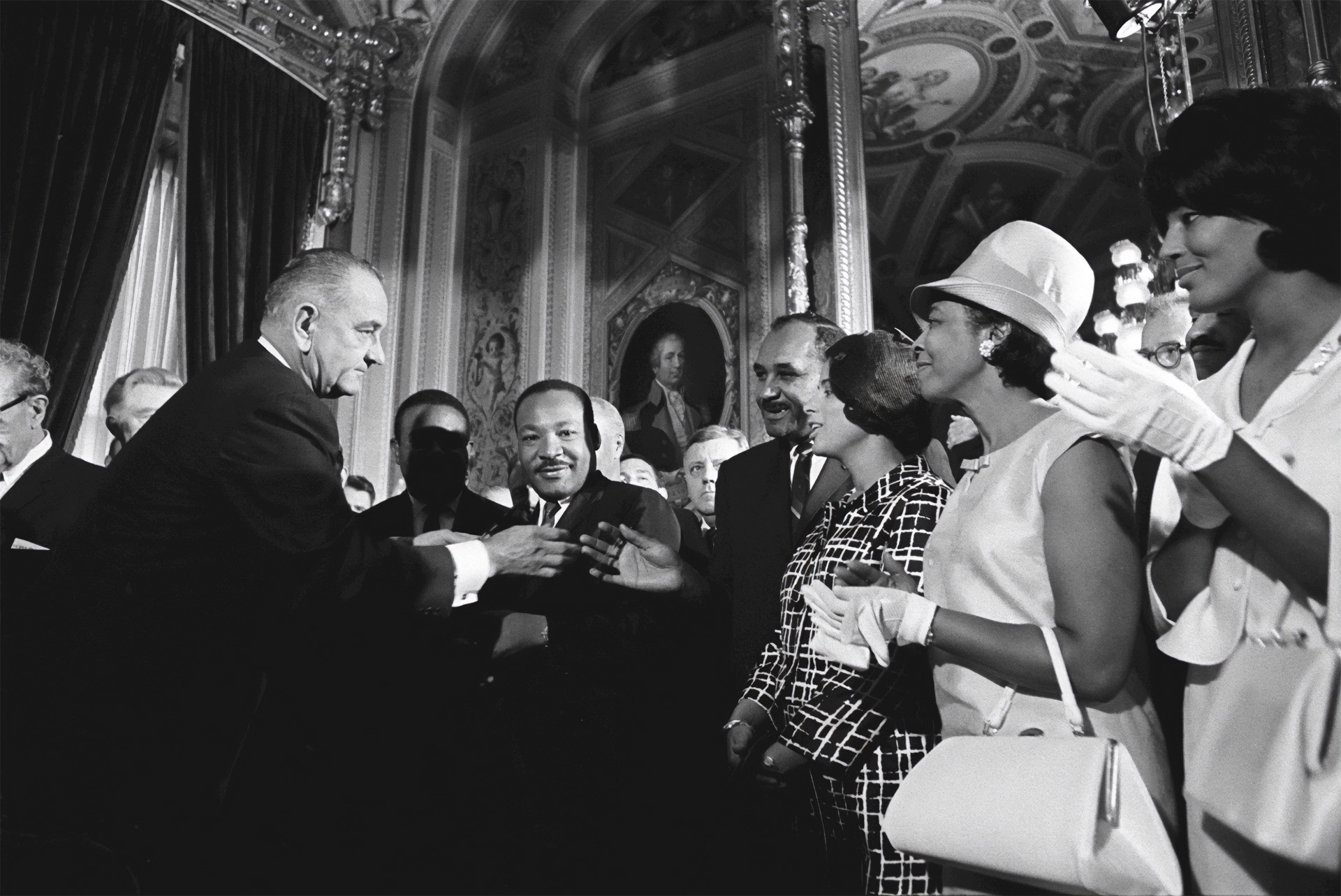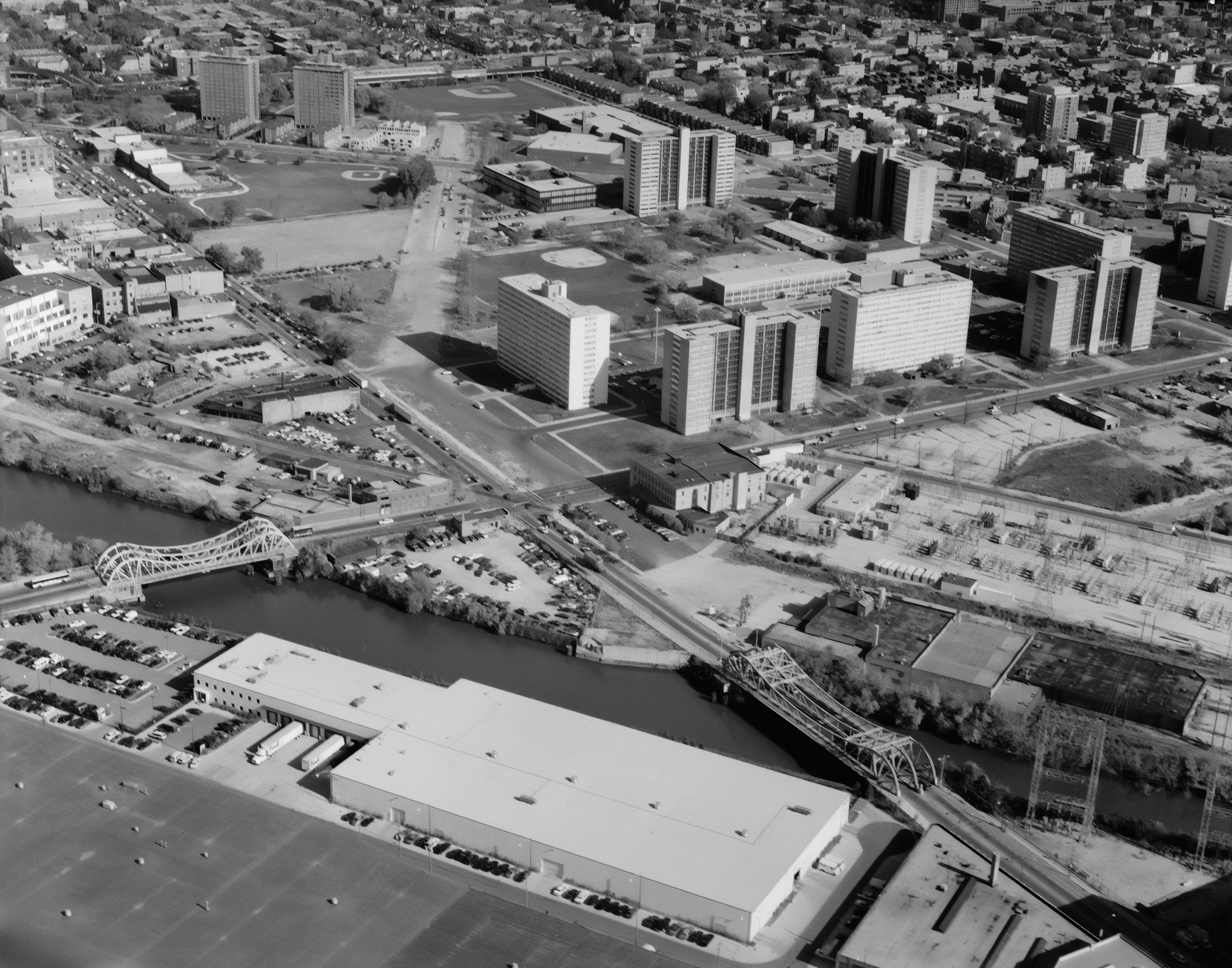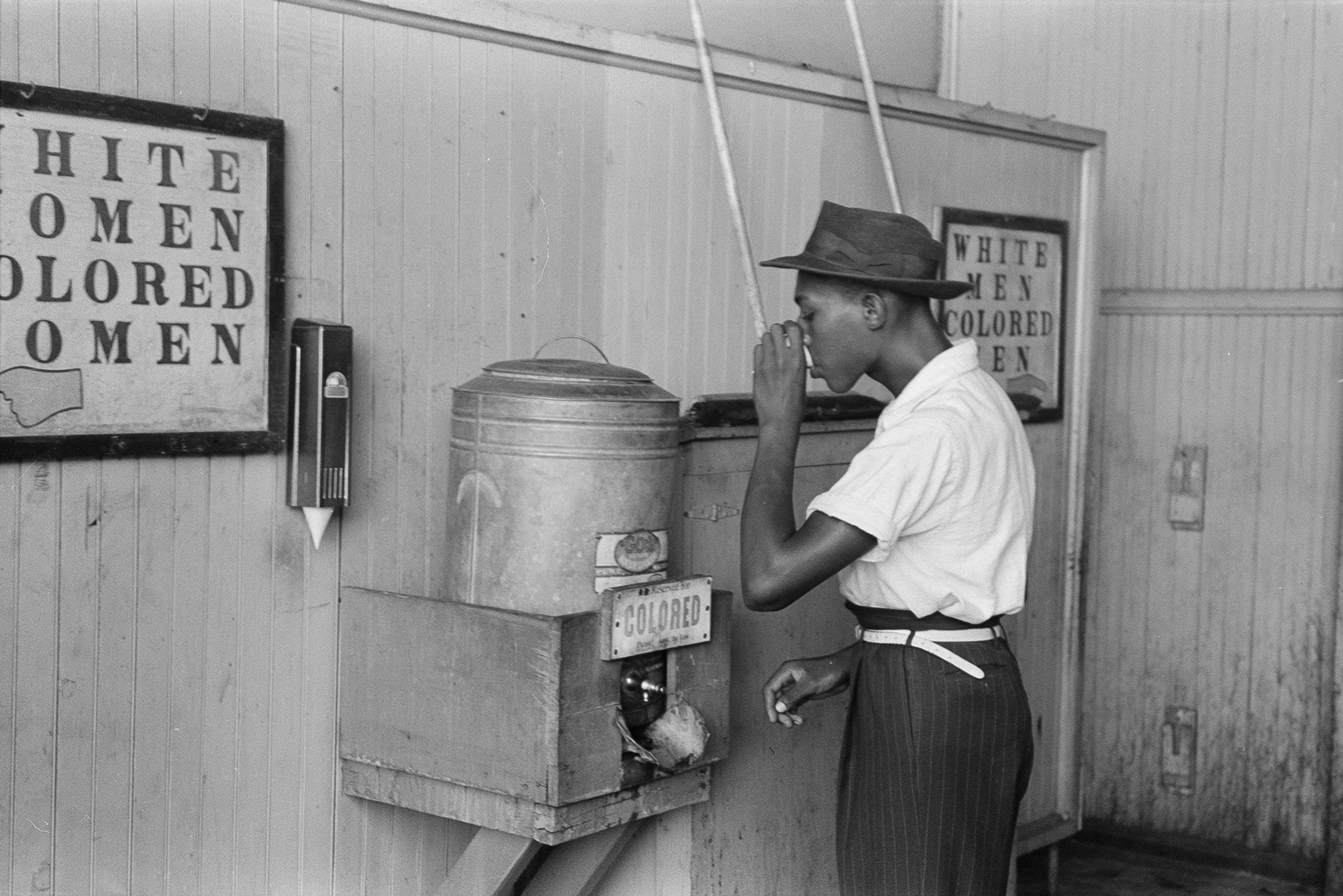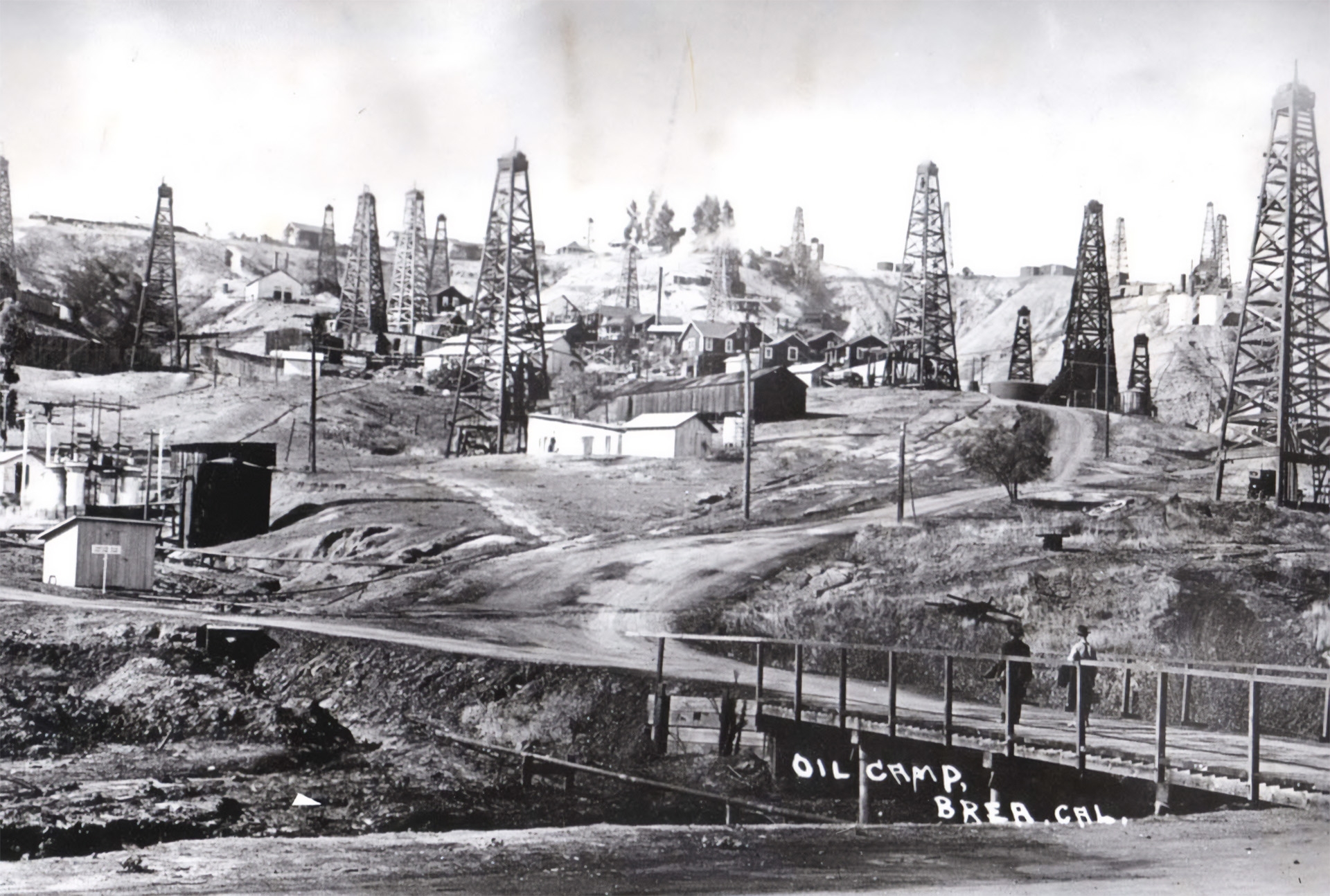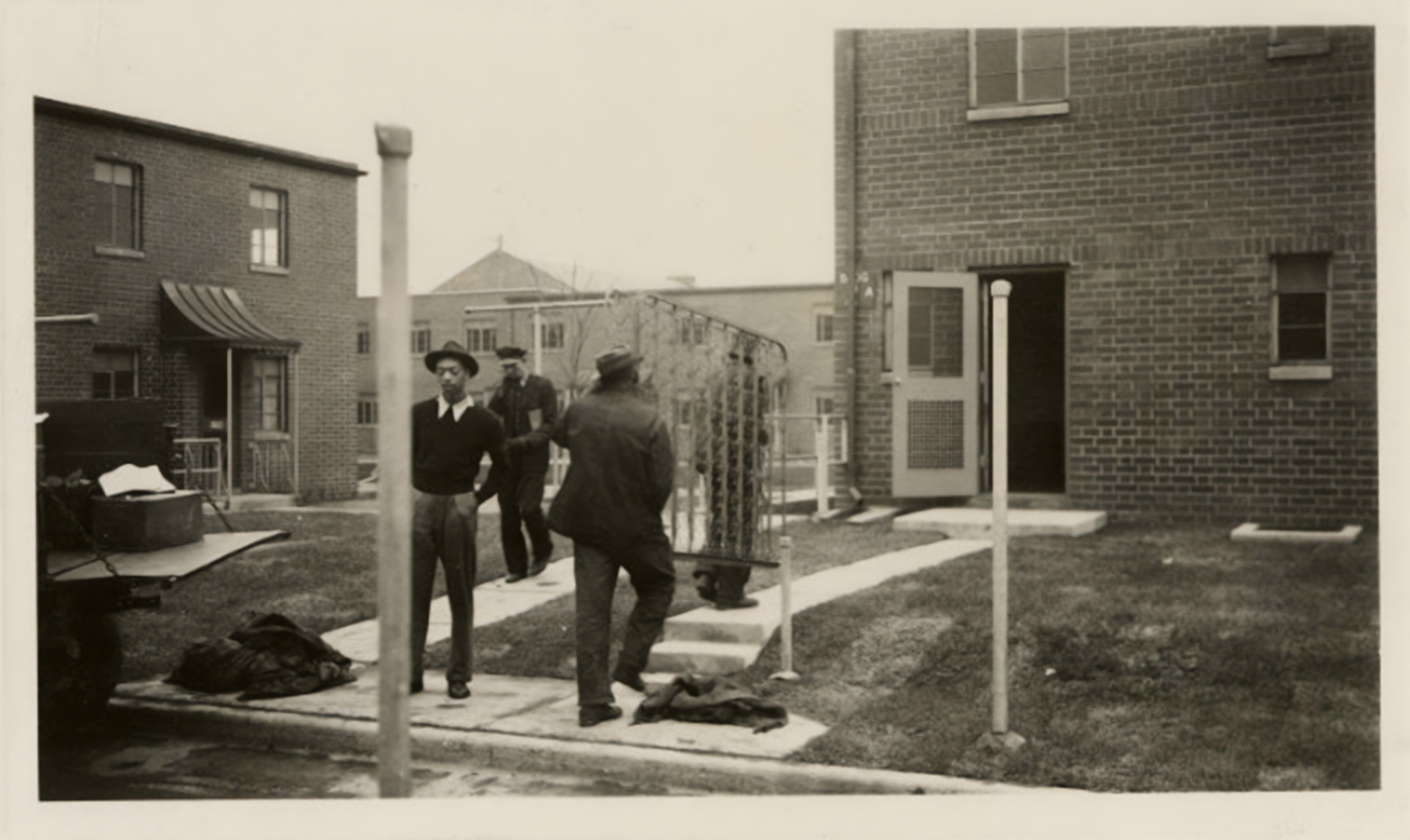Article 3
Immigration, Migration, Discrimination
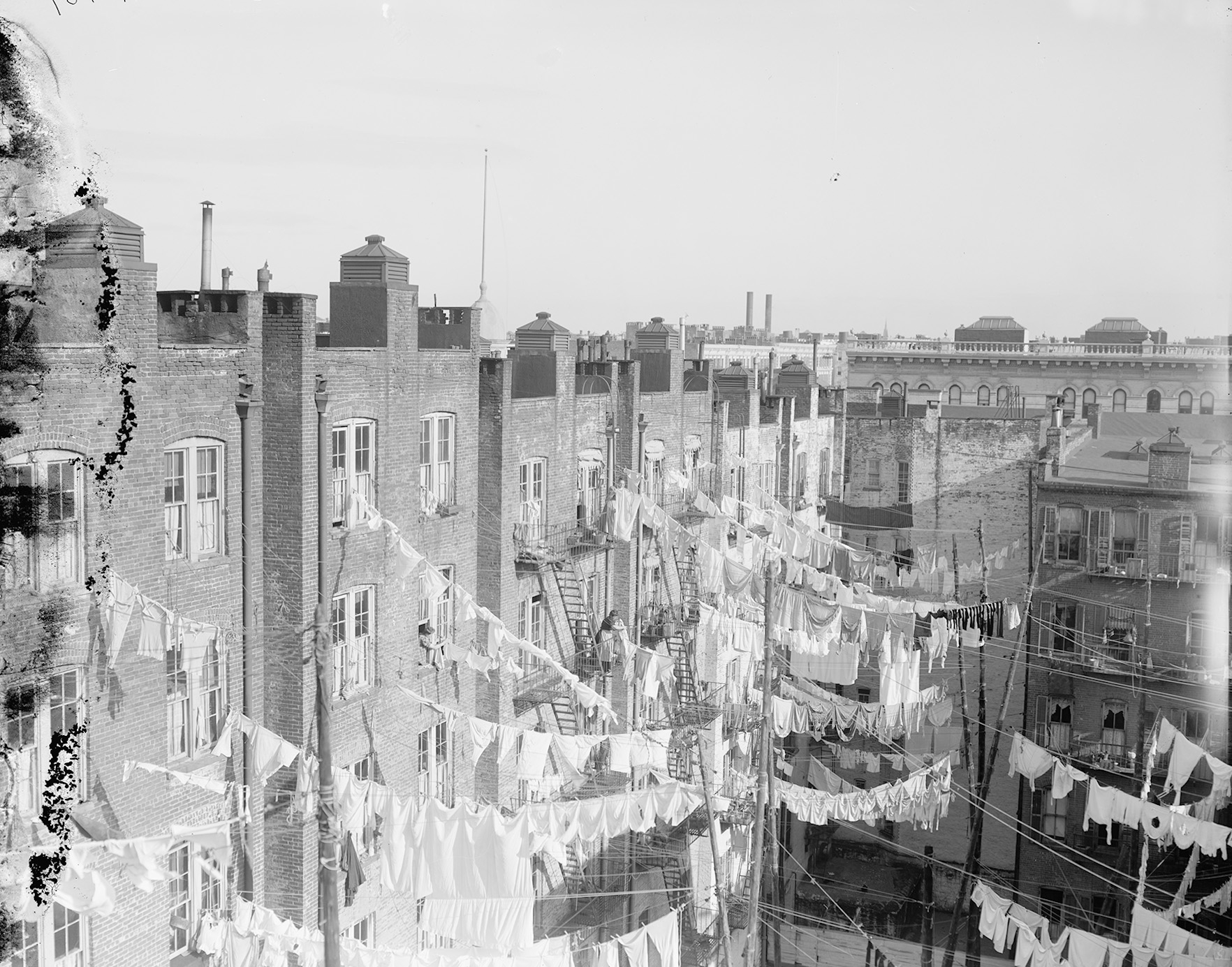
Courtesy of the Library of Congress
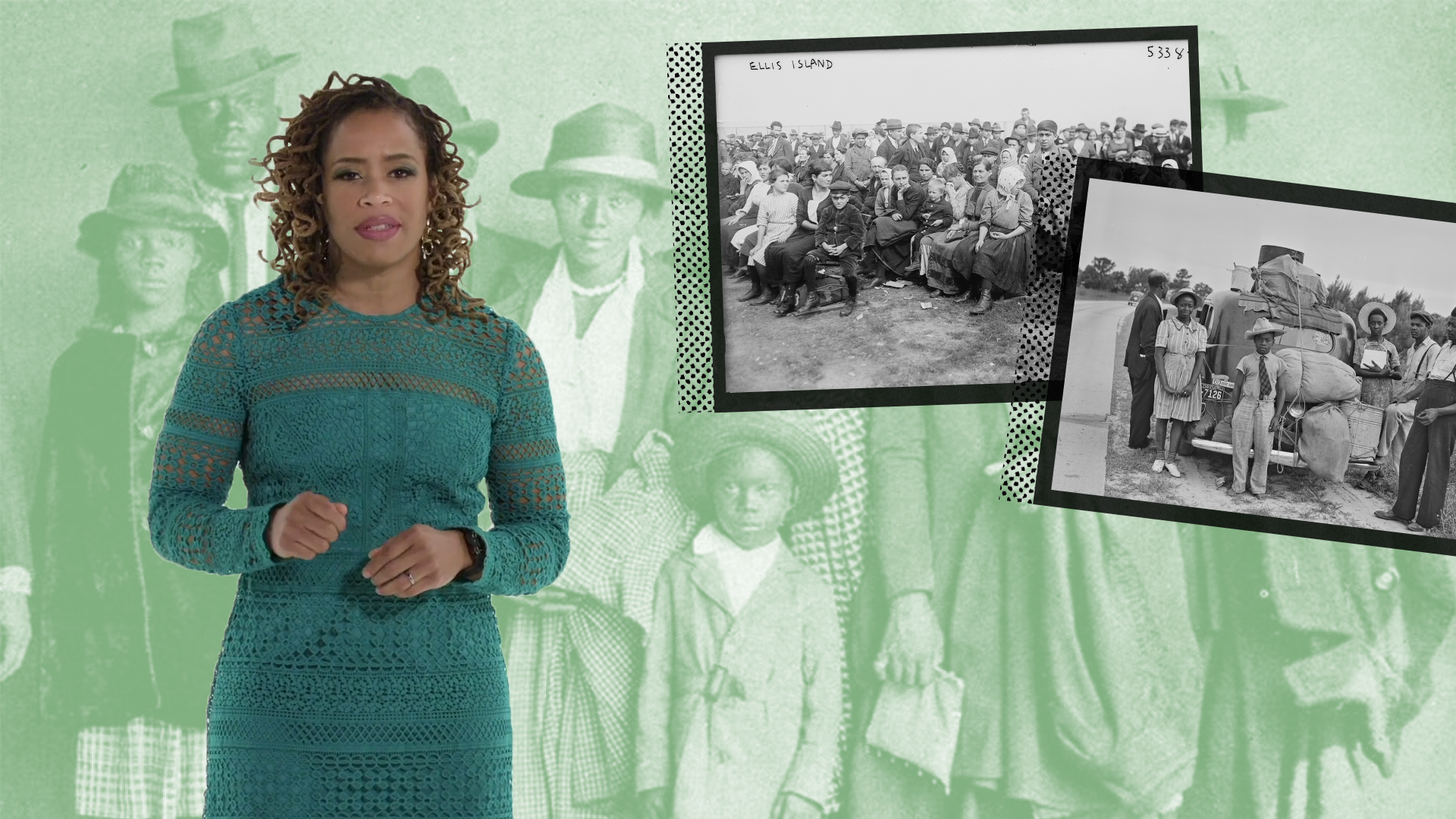
Migration and Discrimination
ViewHide Transcript
The history of the United States is a history of migration—of shifting populations across the American landscape.
Some migrated of their own free will. Others had no choice.
Between 1890 and 1970, migration transformed the nation’s racial and ethnic makeup.
From the start, the U.S. government forcibly removed Native Americans from their ancestral lands, subjecting them to genocide and forced assimilation.
After the Civil War, Black Americans freed from slavery were eager to start afresh, and many moved to southern cities.
But urban neighborhoods became more segregated by race. And city governments worked to keep it that way.
As Black Southerners faced an onslaught of discrimination, violence, and economic oppression, many looked to the North in hope of refuge.
It was the start of the Great Migration. Between 1915 and 1970, around seven million Black Americans moved from the South to the North and the West.
The Great Migration picked up pace during World War I, as northern factories powering the war effort needed laborers.
But the new arrivals faced fierce competition for housing and jobs. Many fled the segregated South, only to be forced into dense neighborhoods popularly known as Black ghettos or slums.
Towns and cities were also reshaped by immigrants who came in search of economic opportunity but faced an uphill battle in being accepted as American.
In the West, Chinese immigrants powered the Gold Rush and the building of the railroad. But in the late-nineteenth century, they confronted rising hostility, and eventually, near-total exclusion.
Legal discrimination of Asian immigrants was backed up by violence and intimidation. Dozens of western towns cast entire Chinese communities out of their homes. And in the early twentieth century, state and local governments passed laws to prevent Asian immigrants from owning land.
Between 1880 and the outbreak of World War I, twenty million immigrants arrived on U.S. shores. Most were Jews, Catholics, and Orthodox Christians from southern and eastern Europe.
They struggled against discriminatory employers and landlords. And they faced violence from their neighbors.
But they forged on and created communities, like the Jewish enclave in New York’s Lower East Side or the Polish community in Cleveland known as Little Warsaw.
Across the country, native-born Whites saw these overlapping migrations as a threat.
Using laws, harassment, and violence, they put up walls around their own communities.
And over time, the White masses would move out of the cities altogether, giving rise to a suburban boom.
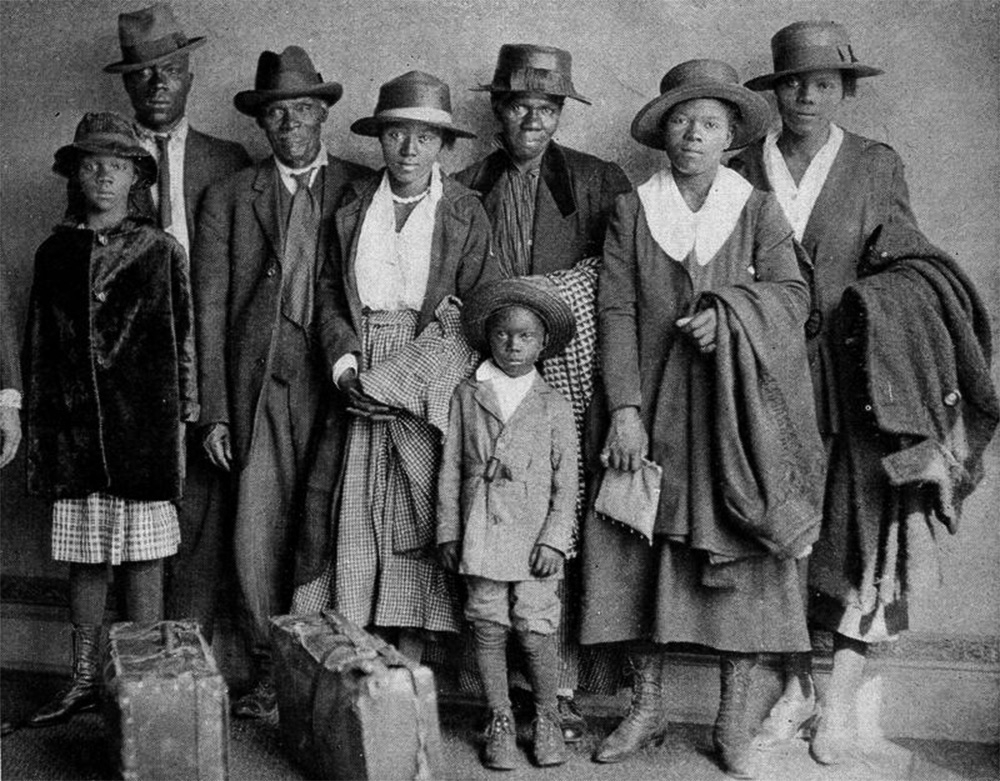

Violet and Scott Arthur from Paris, Texas arrived with their family at Chicago’s Polk Street Depot on August 30, 1920. Two months prior, the Arthur’s two sons, Irving and Herman, had been burned alive during a lynching. This image became an icon of the Great Migration.
Courtesy of the Chicago Defender
In the late 1800s and early 1900s, people were on the move in America. New communities popped up almost overnight, as millions of workers moved to northern and western cities for manufacturing jobs. Often, those who already lived there resisted the new arrivals. They created restrictions to confine new migrants and immigrants to specific neighborhoods or keep them out of towns completely.
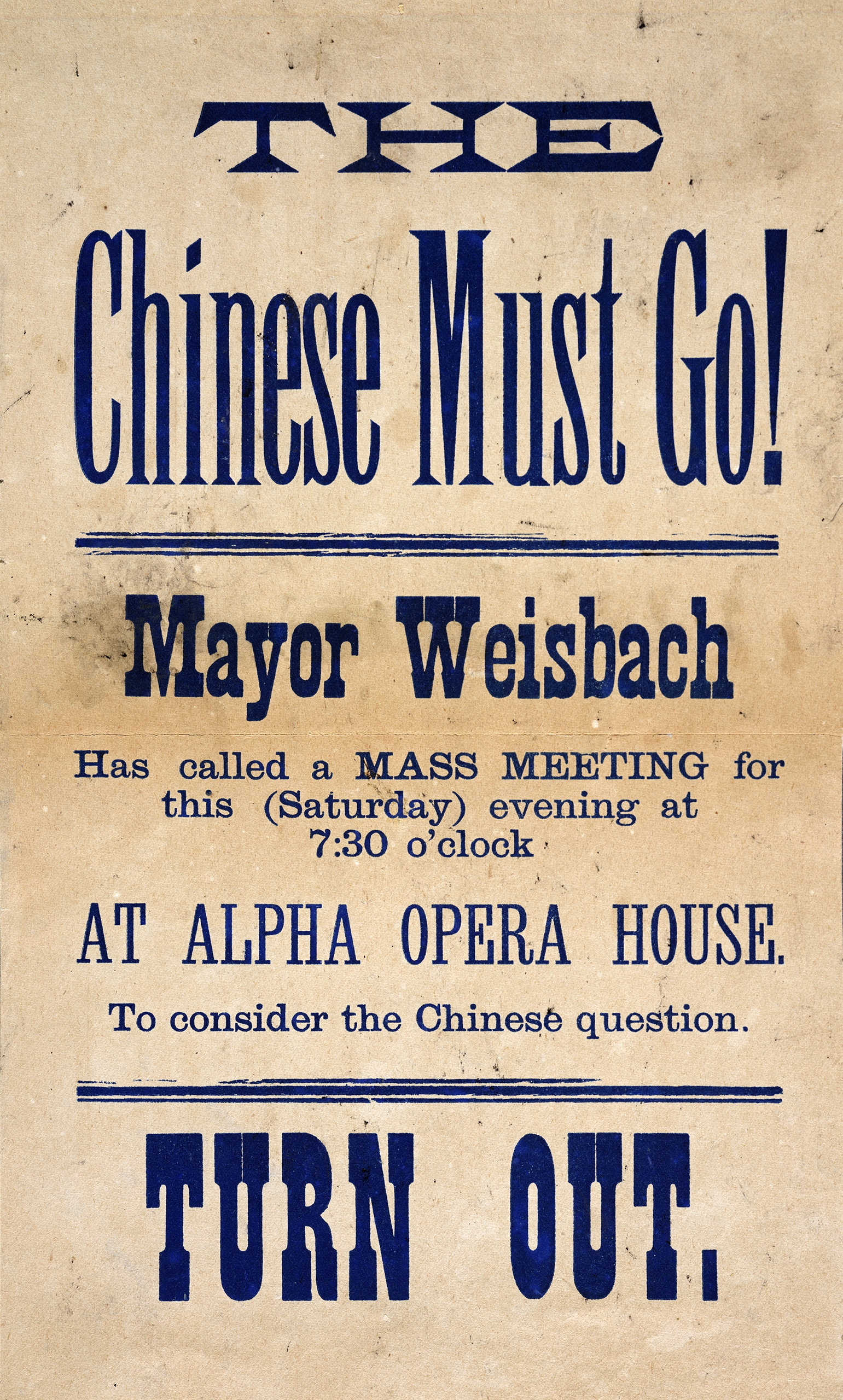

Following a massacre of Chinese miners in the Wyoming Territory in 1885, cities throughout the West organized to harass and expel Chinese immigrants. This broadside advertises an anti-Chinese rally in Tacoma, Washington.
Courtesy of the Washington State Historical Society
On the West Coast, Asians were targeted for discrimination from the mid-1800s. When Chinese people first arrived to work in the California Gold Rush, they were met with legal restrictions enforced by the threat of violence. The Chinese Exclusion Act of 1882 closed off further immigration from China for decades and made Chinese residents ineligible for citizenship. At least 40 California cities expelled Chinese residents after this law was passed.
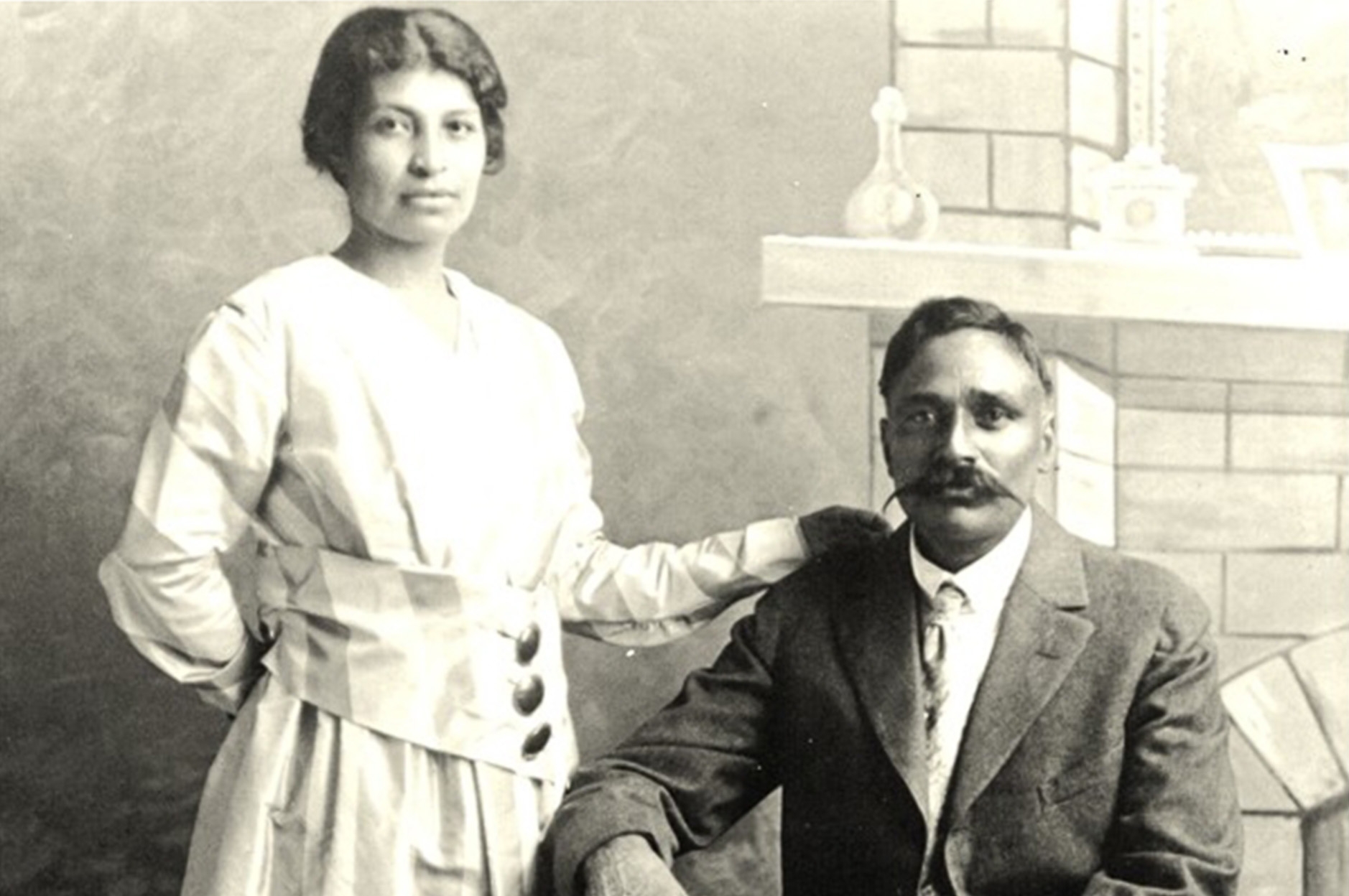

During the early twentieth century, under California's Alien Land Act, Punjabi men were prohibited from owning land. They also could not bring wives from India due to immigration restrictions. Mexican American women worked in cotton fields after the Mexican Civil War. Their marriages created a Punjabi-Mexican American community and culture in the Southwest.
Courtesy of Karen Leonard's Punjabi Mexican American Papers/Department of Special Collections, Stanford University Libraries
Immigrants from Asia helped build California into an agricultural powerhouse. But the California Alien Land Law of 1913 prevented “aliens ineligible for citizenship” from owning farmland or leasing it for longer than three years. To work around the law, Issei (first-generation immigrants from Japan) purchased land in the names of their American-born children. Facing the same barrier, some Punjabi Sikh immigrants gained family farmland by marrying Mexican American women they met while working the fields. Anti-miscegenation lawsAnti-miscegenation laws or miscegenation laws: Laws, appearing as early as the eighteenth century, which prohibited interracial marriage, sexual relations, or cohabitation particularly relating to Black Americans with White Americans. Many states began repealing miscegenation laws after World War II, but they were not completely outlawed as a violation of constitutional rights until the US Supreme Court’s decision in the 1967 case of Loving v. Virginia. Today, many interracial couples celebrate Loving Day every June 12th. prohibited Punjabi men from marrying White women, but the rule did not apply to Mexican American women. By the 1920s, 76% of Sikh men in central California were married to Mexican American wives.
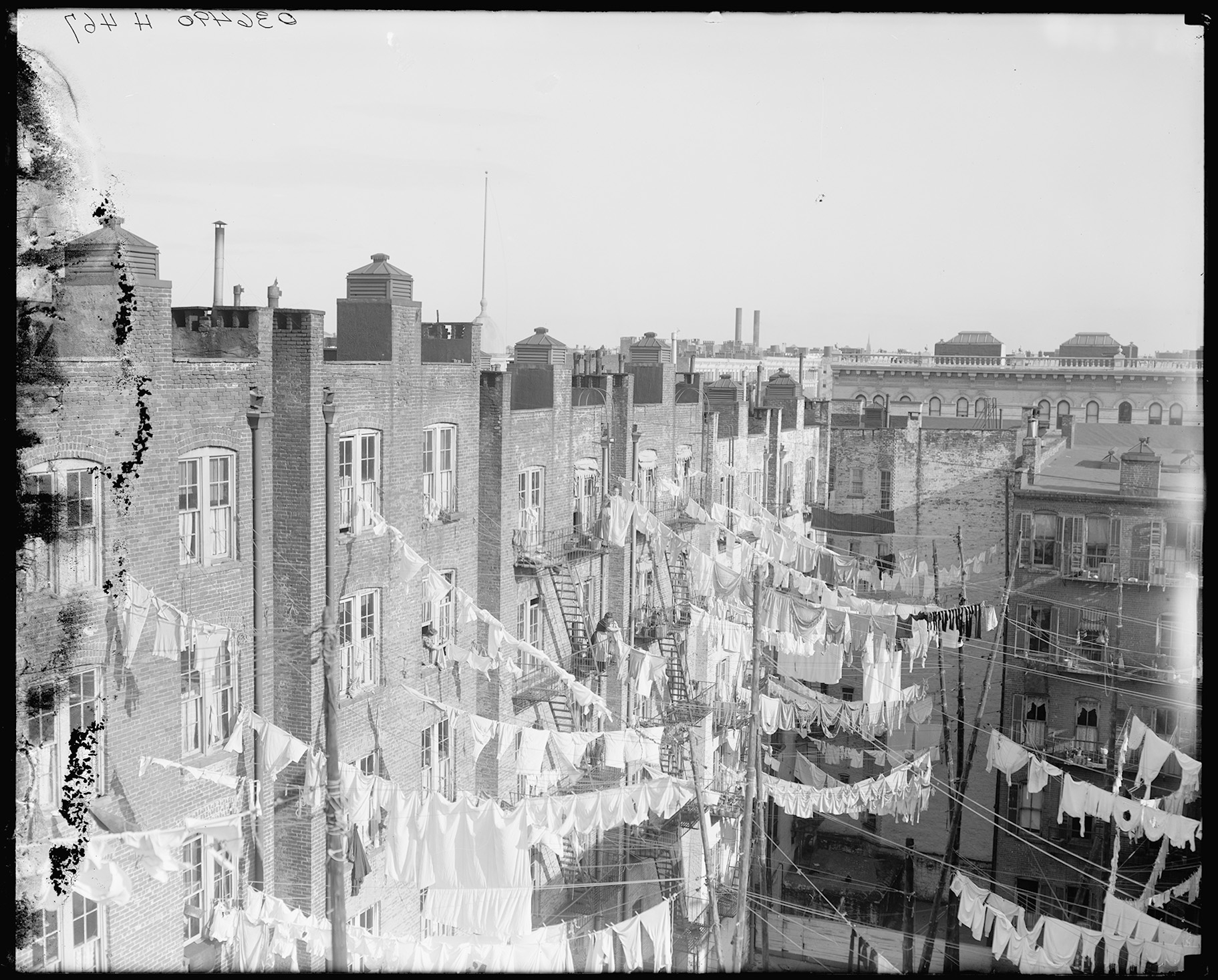

Immigration from Europe transformed cities in the North and West. From 1880 to World War I, more than 20 million European immigrants moved to the United States. Many came to escape famine, war, poverty, and persecution. Once in the U.S. they faced harsh discrimination from landlords and employers, and at times, harassment, intimidation, and violence from their new American neighbors. Unlike previous immigrants, who were mostly Protestant, many of the new arrivals were Catholic, Jewish, or Orthodox Christians. Their lifelong religious beliefs were sometimes unwelcomed in these new cities. Ethnic neighborhoods, like New York City’s Jewish Lower East Side, the Italian South Philadelphia, the Czech Pilsen in Chicago, and the Polish Little Warsaw in Cleveland were magnets for new immigrants, allowing them to connect with people who shared their background.
Black migration out of the South grew into one of the largest internal movements in United States history, known as the Great Migration.
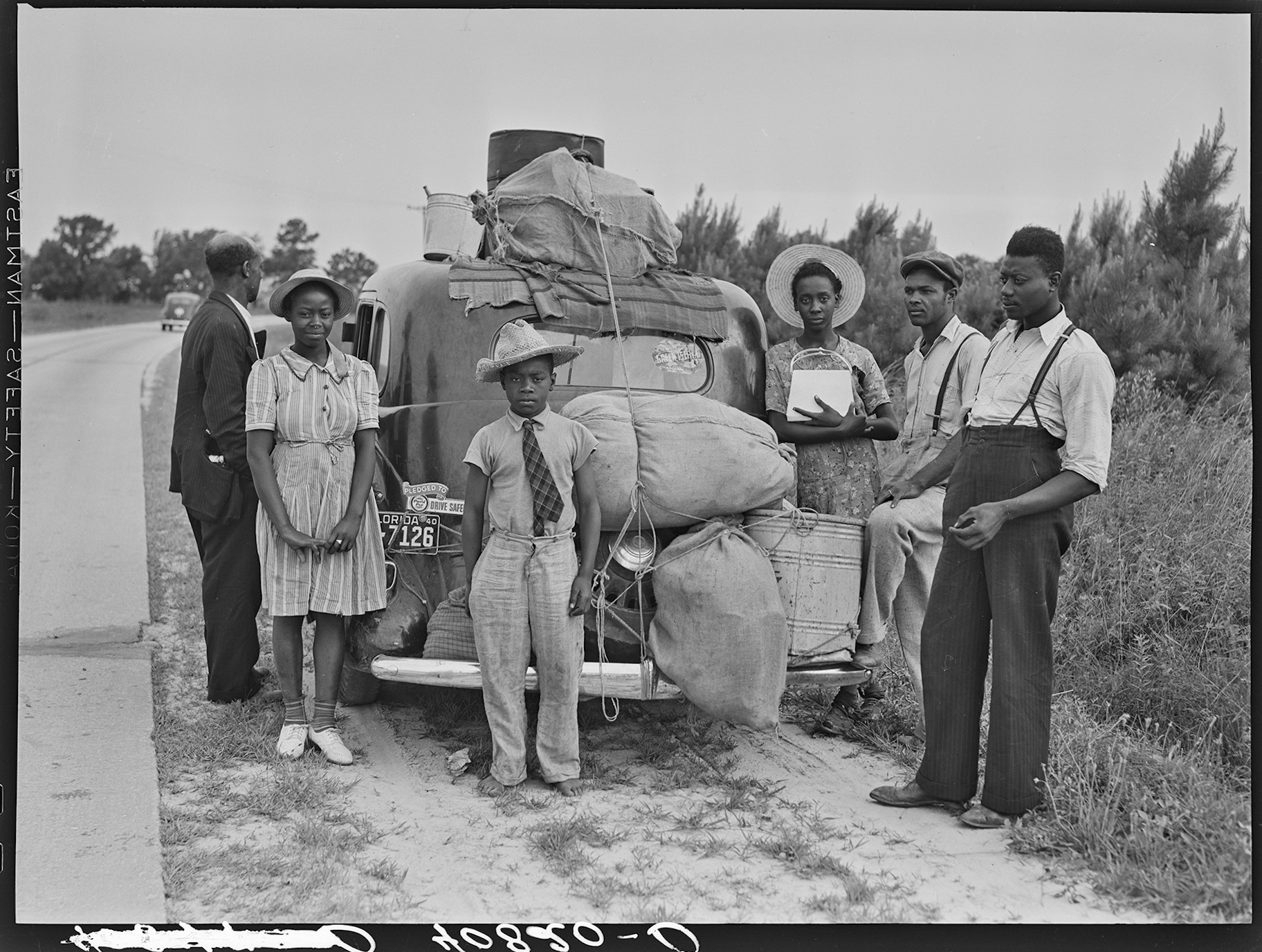
From 1915 to 1970, Black southerners ventured to the North and West in search of better jobs and freedom from racial terrorism. These travelers from Florida were headed to Cranberry, New Jersey to pick potatoes in 1940.
Courtesy of the Library of Congress
Black migration out of the South grew into one of the largest internal movements in United States history, known as the Great Migration. Between 1915 and 1970, seven million Black Americans, traveling by rail and car and learning about opportunities through the Black press, moved from overt racial violence of the South to segregated industrial cities in the North and West. Manufacturing booms, war production, and new limits to immigration made plenty of jobs available. Even so, Black migrants still faced strict hiring discrimination and segregation in jobs and housing. By the 1940s, Black residents had largely been forced into dense neighborhoods popularly known as Black ghettosGhetto: A city area, often constructed through government action and social, political, and economic pressure, where a minority group is isolated from the rest of the city. These areas are often impoverished and segregated. In the United States, the term is often associated with Black neighborhoods in the inner city. or slums. By 1970, for the first time in history, more Black people lived outside of the South than in it, but over 70% still lived in majority-Black neighborhoods.
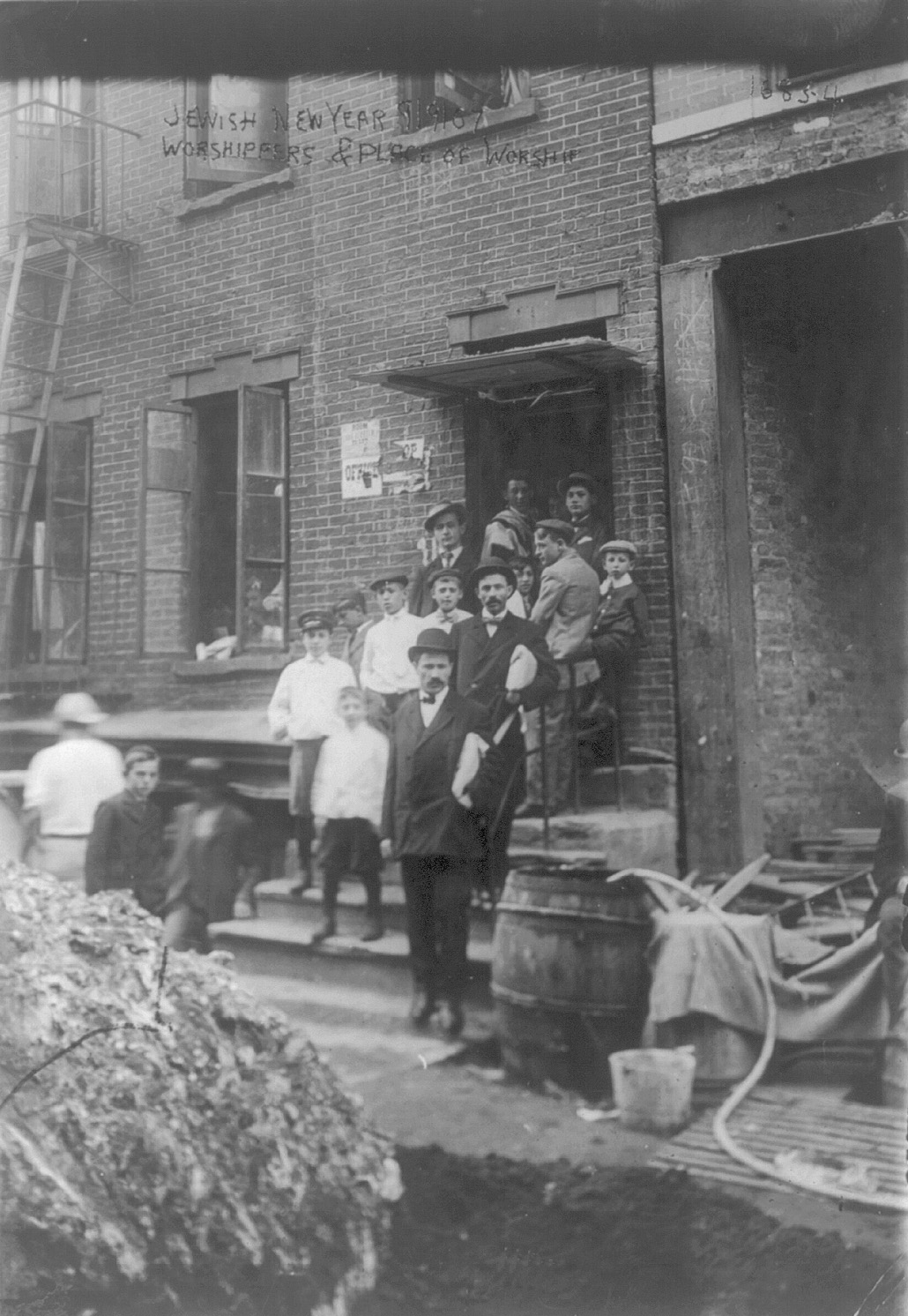

Jewish worshippers attend a Rosh Hashanah service held in a New York City tenement building.
Courtesy of the Library of Congress
In neighborhoods of mostly Black people and other minorities, investment was often minimal. Absentee landlords saw little reason to improve old, worn-down properties, as constantly arriving newcomers kept housing demand and rents high. Evictions were commonplace. City governments often provided inferior services, like infrequent garbage pickup, to Black neighborhoods. Over time, the ghetto neighborhoods were allowed to become dilapidated and unsafe.
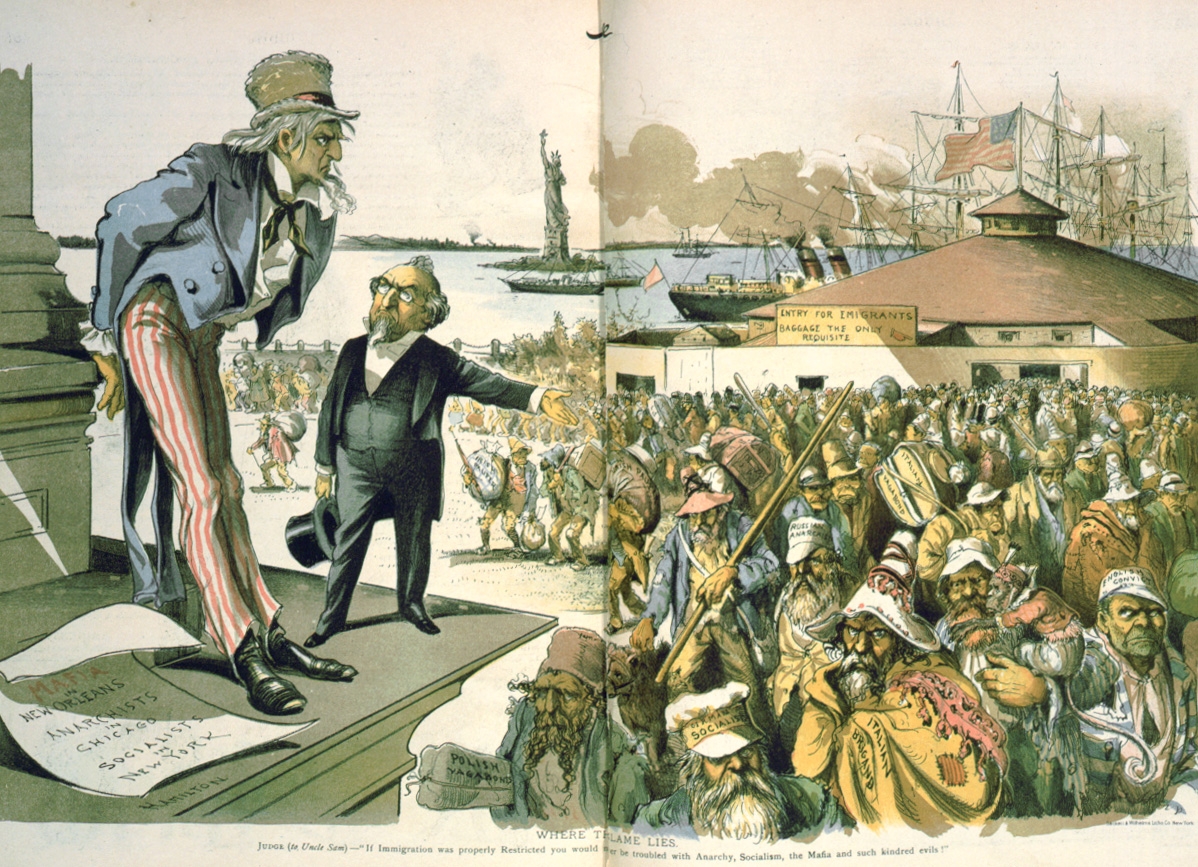

A political cartoon published in Judge Magazine in April 1891 that presents immigrants as the cause of the nation’s problems. The cartoon's purpose was to advocate for a constitutional amendment to restrict Jewish and Catholic immigration.
Courtesy of the Library of Congress
Established White communities saw the overlapping migrations of European immigrants and Black American migrants as an invasion. In this era of rapid social change, powerful White supremacistsWhite supremacy/supremacists: The belief the White people are the superior to all other races and should dominate society. pushed to preserve the authority they had built. To maintain control and political power, they developed a variety of tools to exclude and contain non-White residents. Some used violence or the threat of violence. Others relied on policy or business practice. All of them had the same effect: intensifying segregation.
